Are you looking for an easy way to stay safe and prevent the spread of bacteria while using your favorite eyeliner? If you’re a crafter, chances are you have plenty of eyeliner around. Whether it’s used to line your eyes or to decorate other items like scrapbooking projects, using non-toxic materials is key when it comes to crafting. If so, then you’ve come to the right place! Here at CraftFever HQ, we know just how important it is to keep your makeup tools clean and disinfected.
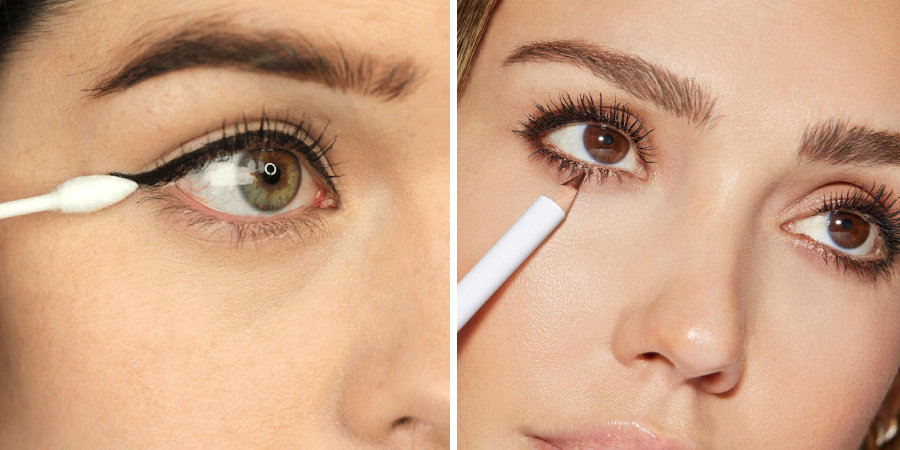
That’s why in this blog post, we will be teaching you how to effectively disinfect eyeliner. From what materials are needed to a thorough step-by-step guide on how to disinfect eyeliner and how long one should leave the eyeliner immersed in order for it to be fully cleaned, everything will be discussed here. So don’t worry. Getting rid of germs when it comes to beauty supplies has never been easier. Read on for more information about the process of disinfecting eyeliner!
Why is It Important to Disinfect Eyeliner?
1. To Avoid Infection
It’s important to clean and disinfect eyeliners because these makeup tools can easily become contaminated with bacteria, which can lead to eye infections. By taking the proper precautions while using eyeliner, you can help protect yourself and others from potential health risks caused by dirty products.
2. To Prolong its Shelf-Life
By regularly disinfecting your eyeliner, you’re also helping to make sure that it lasts longer. When bacteria builds up on the surface of an eyeliner, it can cause it to degrade over time since the bacteria are eating away at the product itself. Regularly cleaning and disinfecting your products will help ensure that they stay in top shape for as long as possible.
Materials Needed
- Isopropyl alcohol with at least 70% solution
- A cotton swab or cotton ball
- Clean container/bowl (for soaking the eyeliner)
- Disposable paper towel
5 Ways on How to Disinfect Eyeliner
1. Pour Alcohol
Start by pouring some rubbing alcohol onto the cotton swab or ball and gently wipe the eyeliner. Make sure you’re getting into all of the nooks and crannies of the product as much as possible to remove any dirt, oil, or bacteria that may have accumulated.
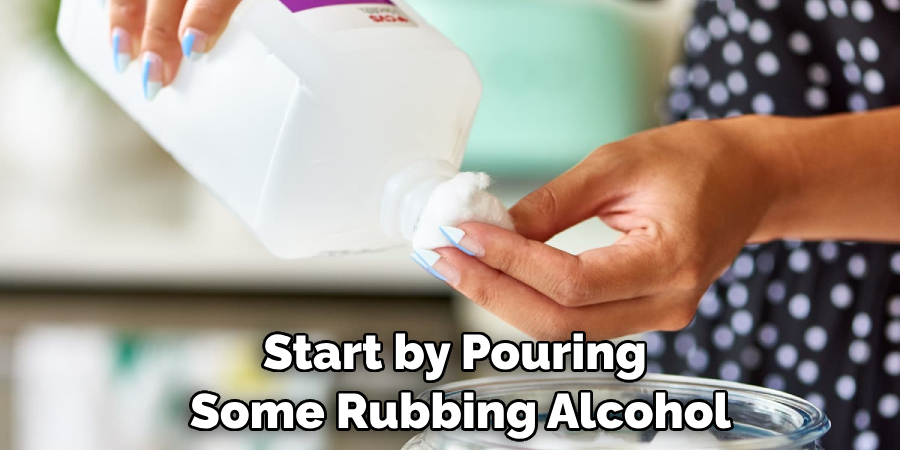
2. Soak the Eyeliner in Alcohol
Once you’ve thoroughly wiped down the eyeliner, place it into a clean container/bowl filled with rubbing alcohol and let it sit for 10 minutes. The alcohol will help to kill any germs, bacteria, or dirt that’s still lingering on the product.
3. Rinse the Eyeliner Off
After 10 minutes, remove the eyeliner from the bowl and rinse it off with clean water. You can also use a disposable paper towel to help absorb any excess liquid from the product. Rinse it with lukewarm water until all of the rubbing alcohol is gone.
4. Dry the Eyeliner
Once you’ve rinsed off the eyeliner, use a disposable paper towel to gently pat it dry. Make sure that all of the excess moisture is removed before moving on to the next step in order for your product to be properly disinfected.
5. Repeat the Process
If you want to make sure that your eyeliner is completely germ-free, you can repeat the process a few times or until all of the dirt and bacteria are gone. Doing this regularly will help ensure that your product stays in tip-top shape.
Following these easy steps will help ensure that your eyeliner is safe to use and free of germs. Cleaning and disinfecting regularly will also help extend the life of your product, ensuring that you get the most out of it for a longer period of time! Stay safe, everyone!
7 Safety Measures to Follow When Disinfecting Eyeliner
It’s important to maintain personal hygiene when it comes to makeup. To keep your eyeliner safe and free from potential bacteria, follow these safety measures:
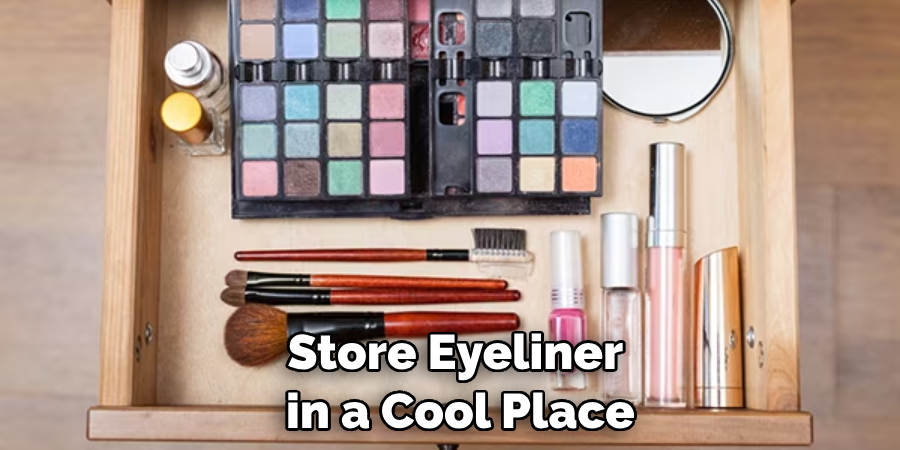
1. Store eyeliner in a cool place away from heat sources. Heat can cause contaminations to spread, so make sure you store your eyeliners at room temperature. Eyeliner should also be kept away from direct sunlight to prevent any discoloration.
2. Sharpening your eyeliner is a must. Eyeliners that are dull can lead to bacteria build-up and cause infections, so make sure you sharpen them regularly with a good quality sharpener. This will help keep the tip of the eyeliner free from potential bacteria and prevent it from becoming dull.
3. Replace your eyeliner every three months. Just like with any other makeup item, eyeliners also have an expiration date and should be replaced once they hit the three-month mark. This will help keep them fresh and free of contamination.
4. Disinfect the eyeliner before each use. Before applying your eyeliner, make sure you wipe it down with a disinfectant and let it dry for a few minutes. This will help remove any dirt or bacteria that may have built up over time.
5. Wash your hands thoroughly before and after applying the eyeliner. Makeup can easily transfer germs from one person to another, so it’s important to make sure your hands are clean before and after you apply any kind of eyeliner.
6. Don’t share your eyeliner with anyone else. Eye infections can be contagious, so it’s best to avoid sharing your eyeliner with other people. This will help keep you and your friends safe from any potential bacteria that may be on the eyeliner.
7. Don’t apply eye makeup while you have an infection or irritation. If your eyes are irritated, it’s best to avoid using any kind of eye makeup until it has cleared up completely. This will help prevent further irritation and infection.
Following these safety measures will help keep your eyeliner clean and free from potential bacteria. By taking the time to properly disinfect and store your eyeliners, you can make sure that you’re using safe and hygienic makeup products every time.
8 Maintenance Tips to Disinfect Eyeliner
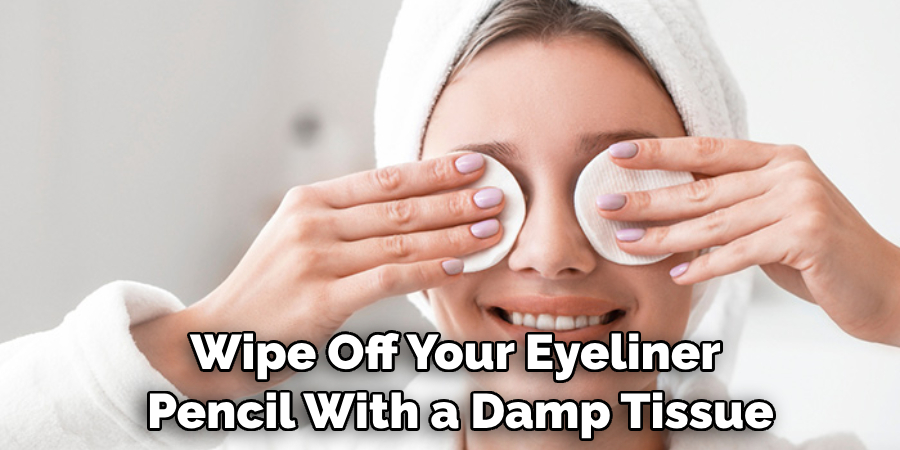
1. After every use, wipe off your eyeliner pencil with a damp tissue or makeup remover pad. This helps prevent bacteria from accumulating on the product and entering into your eyes. Also, make sure to sharpen your pencil after each use to remove any old products.
2. Store eyeliner in a cool, dry place away from direct sunlight and heat sources. This will help prevent the product from getting damaged or melting, which can cause bacteria to build up more quickly. Remember to always clean the tip of your eyeliner before applying it to your eyes.
3. When you’re finished using eyeliner, wash your hands with soap and water before handling any other makeup items or touching any part of your face. This will help reduce the risk of bacteria transferring from one item to another.
4. Invest in a good quality eyeliner that says it’s safe to use around the eyes. Choose an eye-safe formula that is non-comedogenic, fragrance-free, and hypoallergenic. Good quality products are less likely to have bacteria build up in them.
5. Disinfect your eyeliner pencil regularly with alcohol or a product made specifically for disinfecting makeup. This will help reduce the risk of transferring any bacteria from one item to another, and it can also help prevent eye infections.
6. If you’re using liquid eyeliner, make sure to replace the applicator brush at least once a month. Even if you clean it regularly, the bristles can become clogged with bacteria and other debris. Also, always keep the applicator tip clean and dry to prevent bacteria growth.
7. If you share makeup with friends or family, try to avoid sharing eyeliner products altogether. This is because it’s not possible to know if they are taking all the necessary steps to disinfect their products correctly.
8. Always check the expiration date on your eyeliner before using it. If the product has expired, throw it away and replace it with a new one to prevent any bacteria growth.
Following these 8 maintenance tips will help keep your eyeliner clean and safe to use, which can help prevent eye infections and other problems. Remember that hygiene is key when it comes to applying makeup, so make sure to always clean and disinfect your products before use.
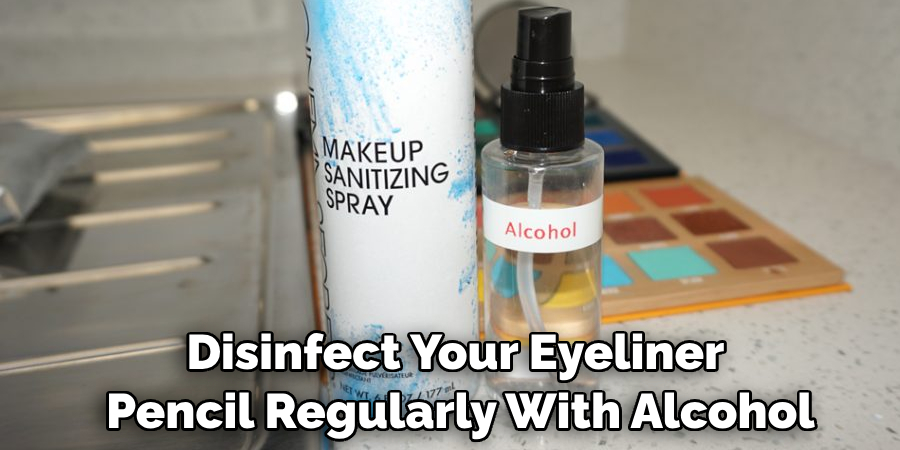
Conclusion
While it may seem daunting at first, there are many methods and techniques you can use to properly disinfect your eyeliner and keep it in top condition. You can choose to use a hot water rinse or alcohol to disinfect any product you use for sensitive areas like the eyes, but you can also make sure to buy quality products that are better suited for regular use.
Disinfecting your eyeliner should always be part of your beauty routine to avoid any potential harm from dirty cosmetics. Once you’ve mastered the technique of cleaning off your favorite colored liner, why not try crafting more creative designs with that same item?
Give your favorite color a new twist by experimenting with different shapes, lengths, and embellishments. Get creative! Follow these steps on how to disinfect eyeliner, and you’ll be sure to stay safe while looking your best.
About the Author
Jane Hubbard is a passionate beauty expert with a wealth of experience in makeup, hair, and overall beauty techniques. After years of working as a hairdresser specialist, she followed her entrepreneurial spirit and started her own consultancy business.
Jane has always been driven by her desire to help others feel confident in their own skin, and she does this by sharing her knowledge, experiences, and practical beauty tips. Through her consultancy, she empowers individuals to embrace their unique beauty, offering tailored guidance that boosts both self-esteem and personal style.
Professional Focus
- Specializes in makeup, hairstyling, and beauty consulting.
- Provides personalized beauty advice, tips, and techniques to help individuals feel confident in their appearance.
- Dedicated to staying up-to-date with the latest industry trends and developments.
- Passionate about creating a comfortable and empowering experience for every client.
Education History
- University of Craft and Design – Bachelor of Fine Arts (BFA) in Woodworking and Furniture Design
- Woodworking Apprenticeships – Extensive hands-on training with skilled craftsmen to refine carpentry and furniture making techniques
- Online Courses & Masterclasses – Continued education in advanced woodworking techniques, design principles, and specialized tools
Expertise:
- Makeup artistry, hairstyling, and beauty consulting.
- Personalized beauty techniques to enhance confidence and self-expression.
- Educating clients on how to maintain their beauty routines at home.
